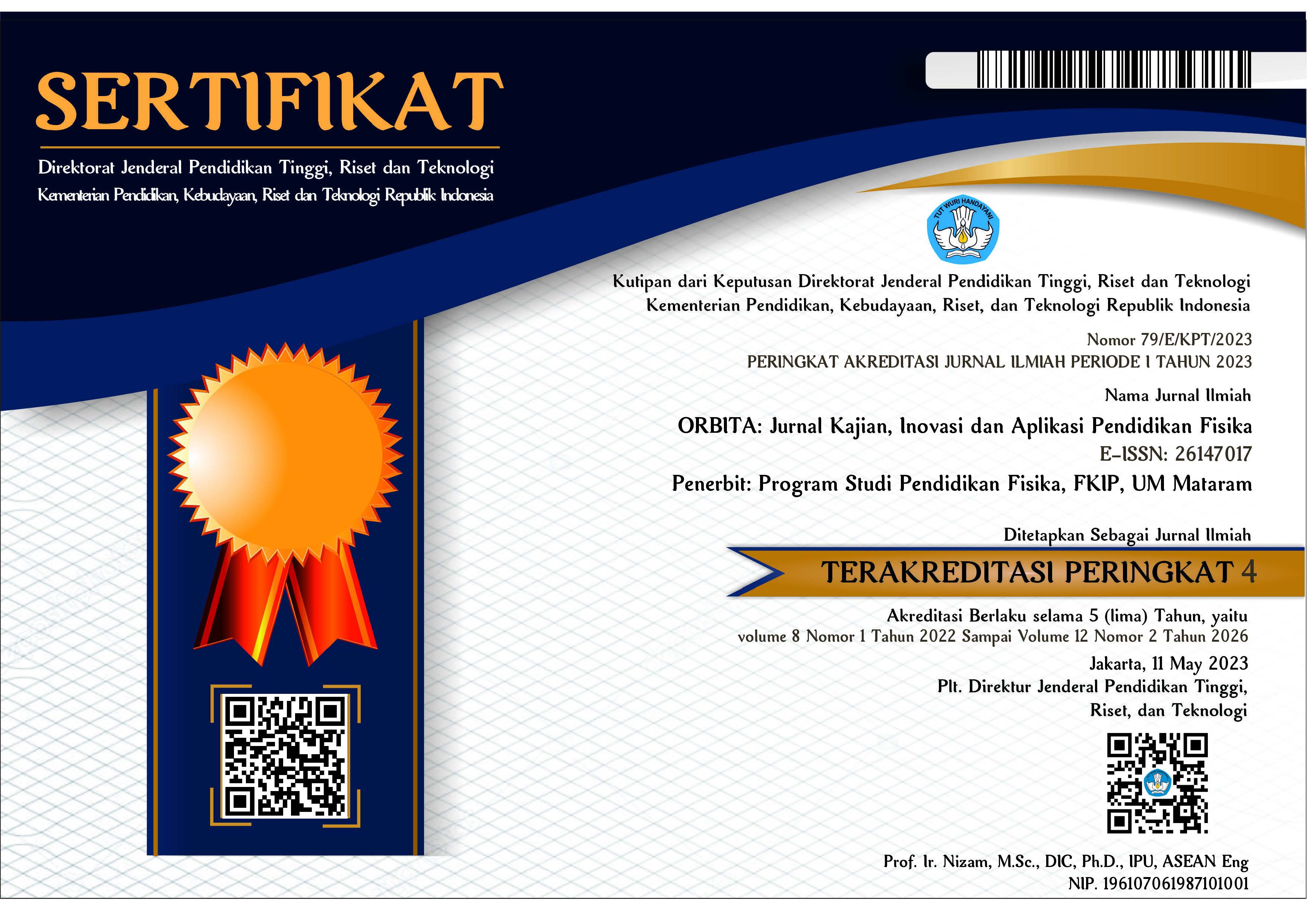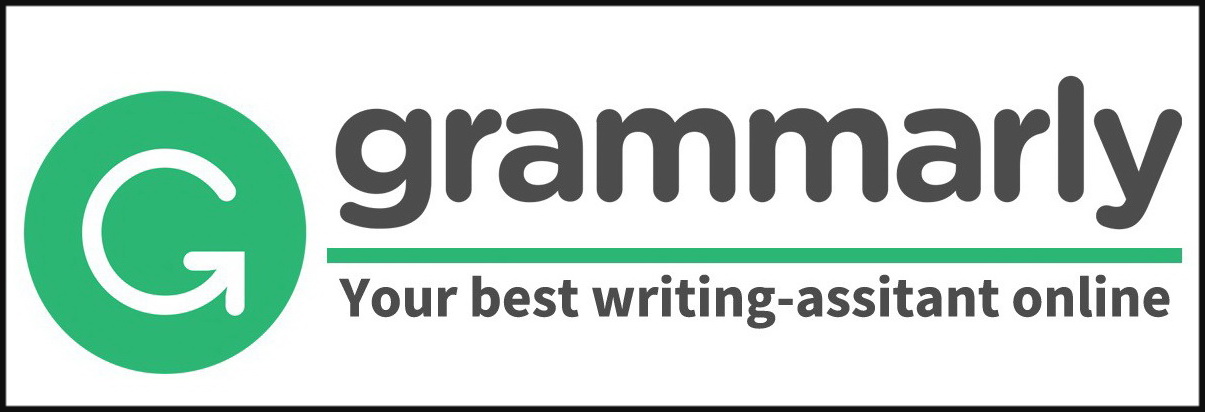PENERAPAN COLLABORATIVE LEARNING UNTUK MENINGKATKAN HASIL BELAJAR SISWA PADA MATERI PERPINDAHAN KALOR
Abstract
ABSTRAK
Persaingan di abad 21 semakin ketat dan persaingan semakin berat sehingga banyak model pembelajaran yang bermunculan untuk meningkatkan hasil belajar siswa. Penelitian ini bertujuan untuk mengetahui apakah collaborative learning dapat meningkatkan hasil belajar siswa pada materi perpindahan kalor. Penelitian ini menggunakan metode pre-eksprimental dengan one group pretest-posttest group design. Subjek penelitian ini adalah siswa kelas V-B pada salah satu SDI di Kabupaten Kediri yang berjumlah 17 siswa yang terdiri dari 10 laki-laki dan 7 perempuan. Instrumen penelitian yang digunakan pada penelitian ini adalah instrumen tes hasil belajar aspek kognitif tentang materi perpindahan kalor. Berdasarkan hasil analisis data menunjukkan bahwa nilai rata-rata hasil belajar siswa pada pretest yaitu 58,82 dan meningkat menjadi 76,76 pada posttest. Persentase jumlah siswa yang mengalami peningkatan hasil belajar pada kategori sedang yaitu 76%. Hasil analisis rata-rata N-gain yaitu 0,43 yang juga menunjukkan bahwa peningkatan hasil belajar siswa berada pada kategori sedang. Dengan demikian, penerapan collaborative learning dapat meningkatkan hasil belajar siswa pada materi perpindahan kalor.
Kata kunci: collaborative learning; hasil belajar; perpindahan kalor
ABSTRACT
Competition in the 21st century is getting tougher and competition is getting tougher so that many learning models have emerged to improve student learning outcomes. This study aims to determine whether collaborative learning can improve student learning outcomes on heat transfer material. This study used the pre-experimental method with one group pretest-posttest group design. The subjects of this study were 17 students in class V-B at one of the SDIs in Kediri Regency, consisting of 10 boys and 7 girls. The research instrument used in this study was the test instrument for cognitive aspects of learning outcomes regarding heat transfer material. Based on the results of data analysis showed that the average score of student learning outcomes in the pretest was 58.82 and increased to 76.76 in the posttest. The percentage of the number of students who experienced an increase in learning outcomes in the medium category was 76%. The results of the analysis of the average N-gain is 0.43 which also shows that the increase in student learning outcomes is in the medium category. Thus, the application of collaborative learning can improve student learning outcomes on heat transfer material.
Keywords: collaborative learning; learning outcomes; heat transfer
Keywords
Full Text:
PDFReferences
Anwar, B., Munzil, & Hidayat, A. (2017). Pengaruh Collaborative Learning Dengan Teknik Jumping Task Terhadap Keterampilan Berpikir Kritis Dan Hasil Belajar Siswa. Jurnal Pembelajaran Sains, 1(2), 15–25.
Barkley, E. E., Cross, K., P., & Major, C. H. (2012). Collaborative Learning Techniques: Teknik-teknik Pembelajaran Kolaboratif. Penerjemah: Narulita Yusron. Penerbit Nusa Media.
Bruffee, K. A. (1999). Collaborative Learning Second Edition. Hopkinss Press.
Chen, C., Jones, K. T., & Xu, S. (2018). The association between students’ style of learning preferences, social presence, collaborative learning and learning outcomes. Journal of Educators Online, 15(1). https://doi.org/10.9743/JEO2018.15.1.3
Chen, L., Inoue, K., Goda, Y., Okubo, F., Taniguchi, Y., Oi, M., Konomi, S., Ogata, H., & Yamada, M. (2020). Exploring Factors that Influence Collaborative Problem Solving Awareness in Science Education. Technology, Knowledge and Learning, 25(2), 337–366. https://doi.org/10.1007/s10758-020-09436-8
De Hei, M. S. A., Strijbos, J. W., Sjoer, E., & Admiraal, W. (2015). Collaborative learning in higher education: lecturers’ practices and beliefs. Research Papers in Education, 30(2), 232–247. https://doi.org/10.1080/02671522.2014.908407
Dermawan, A. (2014). Keefektifan collaborative learning berbasis quiz edutainment terhadap ketuntasan hasil belajar. Chemistry in Education, 3(2252). https://journal.unnes.ac.id/sju/index.php/chemined/article/view/1831
Hake, R. R. (1998). Interactive-engagement versus traditional methods: A six-thousand-student survey of mechanics test data for introductory physics courses. American Journal of Physics, 66(1), 64–74. https://doi.org/10.1119/1.18809
Laal, M., & Laal, M. (2012). Collaborative learning: What is it? Procedia - Social and Behavioral Sciences, 31(2011), 491–495. https://doi.org/10.1016/j.sbspro.2011.12.092
Lowyck, J., & Pöysä, J. (2001). Design of collaborative learning environments. Computers in Human Behavior, 17(5–6), 507–516. https://doi.org/10.1016/S0747-5632(01)00017-6
Made, I., Citra, A., & Hadi Nasbey, W. (2015). Improvement of Learning Process and Learning Outcomes in Physics Learning by using Collaborative Learning Model of Group Investigation at High School (grade X, SMAN 14 Jakarta). Journal of Education and Practice, 6 No 11(11), 75–80. www.iiste.org
Murad, T., Assadi, N., Zoabi, M., Hamza, S., & Ibdah, M. (2022). The Contribution of Professional Learning Community of Pedagogical Instructors, Training Teachers and Teaching Students within a Clinical Model for Teacher Education to Their Professional Development. European Journal of Educational Research, 11(2), 1009–1022.
Nokes-Malach, T. J., Meade, M. L., & Morrow, D. G. (2012). The effect of expertise on collaborative problem solving. Thinking and Reasoning, 18(1), 32–58. https://doi.org/10.1080/13546783.2011.642206
Prasetyo, B., & Haddar, G. A. (2017). Peningkatan Hasil Belajar IPA dengan Metode Collaborative Learning Pada Siswa Kelas III SDN 006 Samarinda Ulu Tahun Pelajaran 2016/2017. Jurnal Pendas Mahakam, 2(2), 150–163. https://jurnal.fkip-uwgm.ac.id/index.php/pendasmahakam/article/view/159
Primadiati, I. D., & Djukri, D. (2017). Pengaruh model collaborative learning terhadap peningkatan motivasi dan hasil belajar IPA siswa kelas IV SD. Jurnal Prima Edukasia, 5(1), 47–57. https://doi.org/10.21831/jpe.v5i1.7712
Shinta, T. N., & Qosyim, A. (2019). Peningkatan Hasil Belajar Pada Materi Sistem Gerak Manusia Setelah Diterapkan Model Collaborative Learning. Pensa E-Jurnal : Pendidikan Sains, 7(3), 333–337. https://jurnalmahasiswa.unesa.ac.id/index.php/pensa/index
Stevens, R. (2012). Identifying 21st Century Capabilities. International Journal of Learning and Change, 6(3/4), 123–137. https://doi.org/10.1504/IJLC.2012.050857
Supena, I., Darmuki, A., & Hariyadi, A. (2021). The influence of 4C (constructive, critical, creativity, collaborative) learning model on students’ learning outcomes. International Journal of Instruction, 14(3), 873–892. https://doi.org/10.29333/iji.2021.14351a
Swing, S. R., & Peterson, P. L. (1982). The Relationship of Student Ability and Small-Group Interaction to Student Achievement. American Educational Research Journal, 19(2), 259–274. https://doi.org/10.3102/00028312019002259
Webb, N. M. (1980). An analysis of group interaction and mathematical errors in heterogeneous ability groups. British Journal of Educational Psychology, 50(3), 266–276.
Yusal, Y., Suhandi, A., Setiawan, W., & Kaniawati, I. (2021). The Effectiveness of Collaborative Problem-solving Using Decision-making Problems to Improve the Pre-service Physics Teachers’ Critical Thinking Skills. Jurnal Pendidikan Fisika, 9(2), 107–116. https://doi.org/10.26618/jpf.v9i2.5059
DOI: https://doi.org/10.31764/orbita.v9i2.17314
Refbacks
- There are currently no refbacks.

This work is licensed under a Creative Commons Attribution-ShareAlike 4.0 International License.
______________________________________________________
ORBITA: Jurnal Pendidikan dan Ilmu Fisika
p-ISSN 2460-9587 || e-ISSN 2614-7017
This work is licensed under a Creative Commons Attribution-ShareAlike 4.0 International License.
EDITORIAL OFFICE:


























